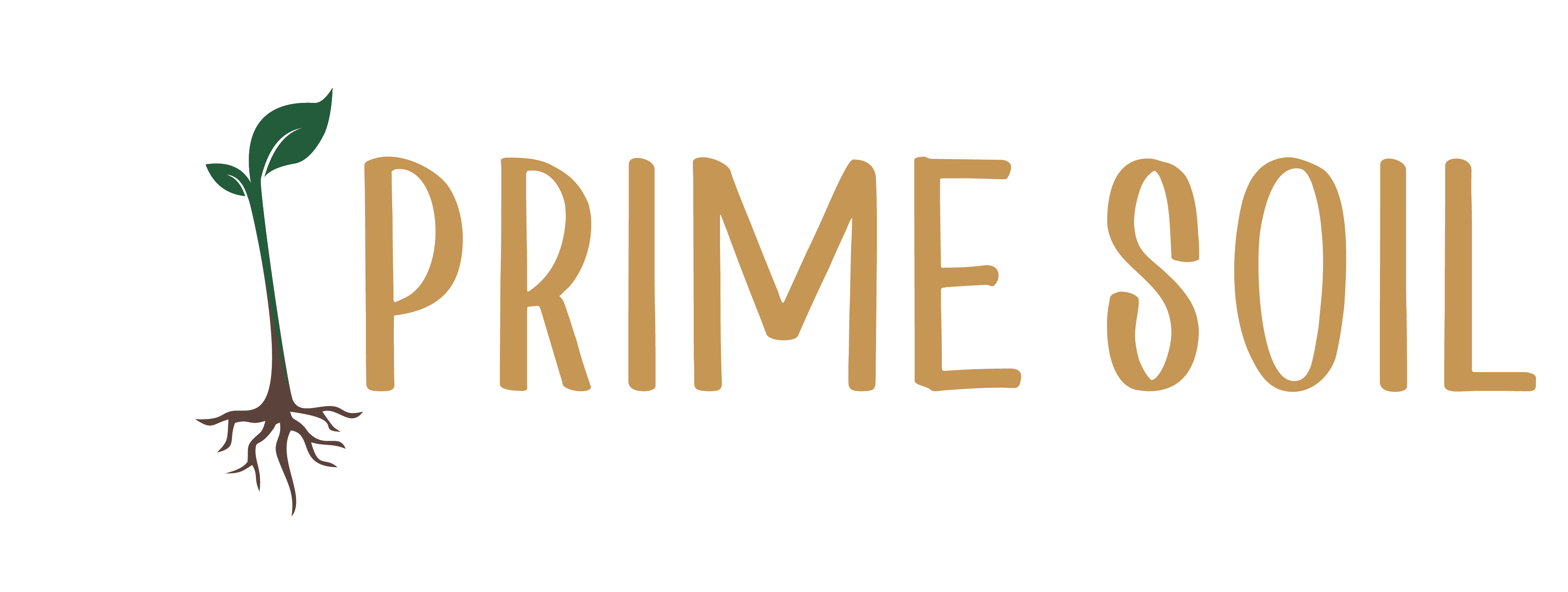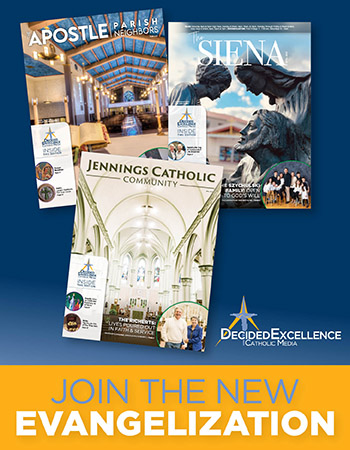In recent times, there has been a resurgence in the Christian community’s love for sacred scripture, especially within the Catholic community. A world that is starving for Truth, is once again returning to nourishment of the Word of God after abandoning it for purely personal interpretations in recent modern history. As I have found in my life, praying and meditating with the Bible is essential if we want God to change our lives. Yet, for many Catholics, I have found that many have no idea what the Bible is in its composition and make up. Because of these basic misconceptions, it can be hard to understand the Truths that Jesus is trying to convey to us.
In my experience in Catholic education, many students have been moralized, yet not introduced to Biblical texts. They have been taught right actions (being nice), wrong actions (being mean), and that Jesus loves them (Jesus is nice and loves you). They may know some stories like Adam and Eve, David and Goliath, and the Parting of the Red Sea, but even this is not a guarantee. As a result, many of my high school juniors had no idea the gift that is in the hundreds of biblical pages. They knew the Bible was important, yet they assumed it was either a book of stories that we could draw out morals to apply to their own lives, or that it was a Christian manual with a complete set of rules that make God happy. While these descriptions can be partially true in sections of the Bible, both of these descriptions fall woefully short of all that the Bible is. While I intend to explain what the Bible is in this brief article, it should be noted that the document Dei Verbum and the Catechism of the Catholic Church have a more complete and very accessible explanation that any Catholic could understand.
The Bible is a compilation of 73 books (66 in the protestant tradition) written by human authors through the inspiration of the Holy Spirit, that tell the story of God’s divine revelation in human history. Split into two testaments (old and new) the Bible relays the story of the creation of the universe, God revealing himself to the human race, the human race rejecting God through sin, and God promising to save His beloved creation (Genesis 3:15). God then prepares a nation to receive His son. This is the nation of Israel.
After hundreds of years of the never ending cycle of Israel’s rebellion against God and return to His mercy, God finally sends His son, Jesus, in the fullness of time to preach and teach His law of Love, to heal, and show mercy to all people. After Jesus completes His earthly mission of preaching, signs, and laying the foundation for the Apostles to carry on His Church the Body of Christ, Jesus enters into His eucharistic last supper, His passion, and His death. When this has been accomplished, He descends into Hell, extends His mercy to righteous souls, and rises again on Easter morning. After Jesus visits his Apostles for 40 days, He ascends into heaven where He remains until His second coming. Galvanized by the Holy Spirit, the Apostles go out to all the world spreading the good news of salvation through the person of Jesus. Church communities form and expand throughout the world even amidst persecution.
While this history of the Bible can be summarized as done above, the Bible is not a history book. It is a compilation of many books of different genres (history, poetry, prophecies, wisdom, etc.) that all come together to tell a complete story of God’s love for us. God does not limit himself to one genre of historical writing to express His Word to us. Rather, He uses a wide variety of literary devices to speak to all people in all times. In its variety of genres, the Old Testament tells of the fall of the human race to sin and how God nurtured His people, the Israelites, to escape sin and await the Messiah. Throughout all of the history, poems, wisdom, and prophetic books of the Old Testament, God leaves foreshadowings of Jesus as well as explicit prophecies, all of which Jesus fulfills. The Old Testament is orally passed down and written down over approximately 1500 years.
The New Testament tells of the life and teachings of Jesus. It tells of the people who accepted and also rejected Jesus. After His death and resurrection, the New Testament tells of the spread of the Church and holds many writings from the apostles who instructed the Christian communities they started through letters. The letters were passed from community to community, so that all Christains, new and old, could share in the wisdom of the people who had followed Jesus during His time here on Earth.
All of the scriptures (the New and Old Testaments) were venerated and used during worship in the early Church. As time went on, some tried to introduce new texts into worship. In the 4th century, the Bishops of the early Church came together and declared the 73 books that we have today (46 in the Old and 27 in the New) as Canon. It was a clarification of the tradition that had been handed down from the Apostles. From that time on, the 73-book Canon has been continually reaffirmed throughout Church history.
The Bible is an immersion into the life of Israel who was formed for the sole purpose of bringing God’s Son into the world. Then when we enter the New Testament, we are faced with the same question that the first century Jews and Gentiles of the Middle East were faced with: Is Jesus really the Messiah? When we allow the Holy Spirit to reveal the answer to us, the rest of the Bible gives us instruction on how to enter into a life in Christ. In all of this, we understand that reading the Bible is more than just reading a history book. It is more than a handbook. It is more than a book of moralized stories. It is a journey of God’s love through human history that He invites us into and asks us to share in it.






